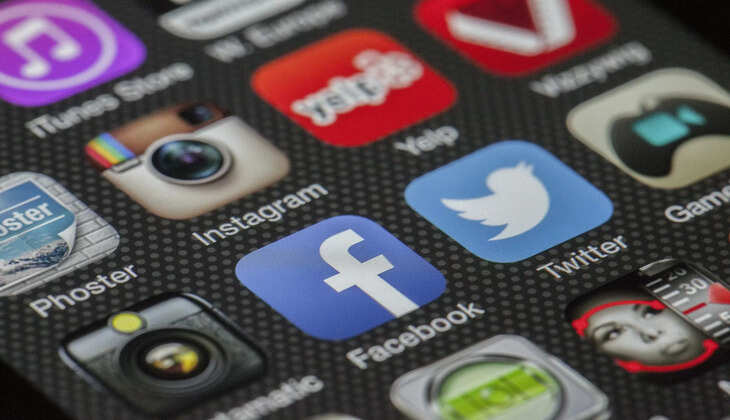How To Do Marketing Of New Launched App?
Updated: Jun 30, 2024, 15:48 IST

Marketing a newly launched app effectively requires a strategic approach to reach your target audience and encourage downloads. Here are some steps to help you market your new app successfully:
1. Pre-Launch Preparation
- Market Research: Understand your target audience, their needs, and preferences. Analyze competitors and identify gaps your app can fill.
- Create a Landing Page: Develop a compelling landing page with information about your app, features, benefits, and a call-to-action for pre-sign-ups.
- Build Hype: Use social media, blogs, and forums to create anticipation. Share teasers, sneak peeks, and behind-the-scenes content.
2. App Store Optimization (ASO)
- Optimized Title and Description: Use relevant keywords in your app’s title and description to improve visibility in app stores.
- High-Quality Screenshots and Videos: Provide clear, attractive screenshots and demo videos to showcase your app’s features and functionality.
- Positive Reviews and Ratings: Encourage early users to leave positive reviews and ratings. This boosts credibility and attracts more users.
3. Social Media Marketing
- Create Social Media Profiles: Establish profiles on major platforms like Facebook, Twitter, Instagram, LinkedIn, and TikTok.
- Content Strategy: Post regular updates, engaging content, and user testimonials. Use hashtags and collaborate with influencers to reach a broader audience.
- Paid Ads: Run targeted ad campaigns on social media to reach potential users based on demographics, interests, and behaviors.
4. Influencer and Content Marketing
- Partner with Influencers: Collaborate with influencers relevant to your app’s niche. They can review and promote your app to their followers.
- Guest Blogging and Articles: Write guest posts or articles for popular blogs and websites in your industry. This increases visibility and drives traffic to your app.
- Video Content: Create engaging video content, including tutorials, user stories, and feature highlights. Share on platforms like YouTube and Instagram.
5. Email Marketing
- Build an Email List: Collect email addresses through your landing page and social media channels.
- Email Campaigns: Send out regular newsletters, updates, and promotional offers to keep your audience engaged and informed about your app.
6. PR and Media Outreach
- Press Releases: Write and distribute press releases to relevant media outlets, tech blogs, and industry publications.
- Media Kits: Prepare a media kit with all necessary information about your app, including press releases, screenshots, and promotional materials.
7. Referral and Incentive Programs
- Referral Programs: Encourage existing users to refer your app to others by offering incentives such as discounts, free features, or rewards.
- Loyalty Programs: Implement loyalty programs to reward regular users and keep them engaged.
8. App Store Promotions
- Featured App Listings: Try to get your app featured in app stores by reaching out to app store editors and highlighting unique aspects of your app.
- Seasonal Promotions: Run seasonal or holiday promotions to attract more users during peak times.
9. User Engagement and Retention
- Push Notifications: Use push notifications to keep users informed about updates, new features, and special offers.
- User Feedback: Collect and act on user feedback to improve your app continuously. Satisfied users are more likely to recommend your app.
10. Analytics and Optimization
- Track Performance: Use analytics tools to track user behavior, downloads, and engagement. This helps identify what’s working and what needs improvement.
- A/B Testing: Conduct A/B testing on different marketing strategies, app features, and user interfaces to optimize performance.
Conclusion
Marketing a new app involves a combination of strategic planning, effective communication, and continuous optimization. By leveraging a variety of marketing channels and tactics, you can increase your app’s visibility, attract more users, and drive sustained growth.
